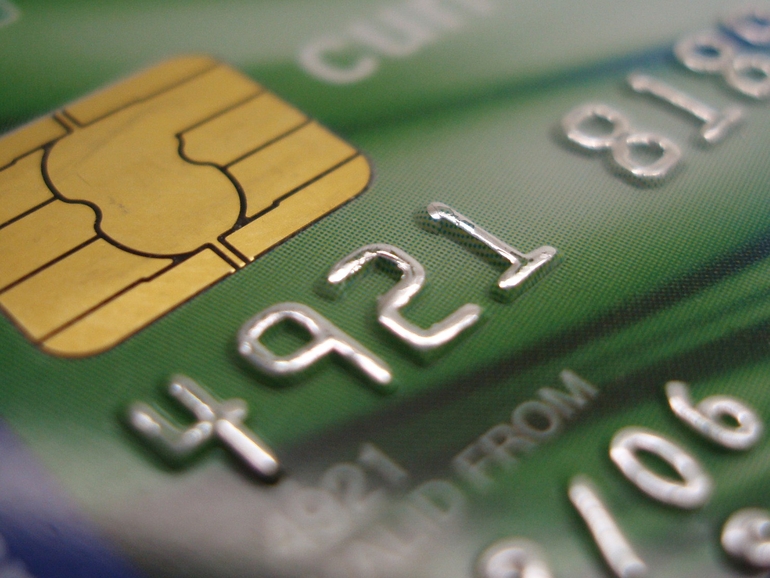Among the concerning activities within this domain is the hacking of card dumps with Track 1&2 data and PIN information. The realm of cybercrime is characterized by its complexity and ever-evolving techniques. This article delves into the motivations driving hackers to pursue such illicit endeavors and highlights the implications of these actions for individuals and the broader cybersecurity landscape. Carding Forums and Dark Web Marketplaces: Online forums and dark web marketplaces facilitate the buying and selling of stolen credit card information, creating a thriving underground economy for cybercriminals.
Remember, a combination of digital awareness, cautious behavior, and preparedness can go a long way in protecting yourself from the threats posed by thief hackers. Conclusion: As technology continues to evolve, so does the criminal landscape. Thief hackers represent a concerning blend of traditional theft and digital intrusion, posing a unique challenge to individuals and organizations alike. By understanding their methods, motivations, and adopting proactive cybersecurity measures, you can better safeguard yourself against their malicious activities.
The Hybrid Threat: Thief hackers are a hybrid threat, operating at the intersection of physical and digital spaces. They leverage their technical prowess to breach digital security barriers and manipulate systems, often with the ultimate goal of real-world financial gain. Unlike typical hackers who focus on data breaches or espionage, thief hackers are motivated by direct financial rewards through theft and fraud. Understanding the tactics employed by cybercriminals, recognizing the potential risks, and adopting proactive security measures are essential to safeguarding financial transactions.
 Conclusion: The prevalence of cyber card hacks underscores the critical importance of cybersecurity in today's digital landscape. By staying informed and practicing vigilant online behavior, individuals and businesses can better defend against cyber card hacks and contribute to a more secure online environment for all. In an era defined by digital connectivity, the term "cyber card hack" has emerged as a menacing challenge that threatens the security of electronic payments.
Conclusion: The prevalence of cyber card hacks underscores the critical importance of cybersecurity in today's digital landscape. By staying informed and practicing vigilant online behavior, individuals and businesses can better defend against cyber card hacks and contribute to a more secure online environment for all. In an era defined by digital connectivity, the term "cyber card hack" has emerged as a menacing challenge that threatens the security of electronic payments.
This article explores the world of cyber card hacks, uncovering their methods, implications, and the steps individuals and organizations can take to protect themselves against these sophisticated cyber threats. Cybercriminals deploy various techniques to compromise digital transactions, posing risks to both consumers and businesses engaged in online commerce.
Remember, a combination of digital awareness, cautious behavior, and preparedness can go a long way in protecting yourself from the threats posed by thief hackers. Conclusion: As technology continues to evolve, so does the criminal landscape. Thief hackers represent a concerning blend of traditional theft and digital intrusion, posing a unique challenge to individuals and organizations alike. By understanding their methods, motivations, and adopting proactive cybersecurity measures, you can better safeguard yourself against their malicious activities.
The Hybrid Threat: Thief hackers are a hybrid threat, operating at the intersection of physical and digital spaces. They leverage their technical prowess to breach digital security barriers and manipulate systems, often with the ultimate goal of real-world financial gain. Unlike typical hackers who focus on data breaches or espionage, thief hackers are motivated by direct financial rewards through theft and fraud. Understanding the tactics employed by cybercriminals, recognizing the potential risks, and adopting proactive security measures are essential to safeguarding financial transactions.
 Conclusion: The prevalence of cyber card hacks underscores the critical importance of cybersecurity in today's digital landscape. By staying informed and practicing vigilant online behavior, individuals and businesses can better defend against cyber card hacks and contribute to a more secure online environment for all. In an era defined by digital connectivity, the term "cyber card hack" has emerged as a menacing challenge that threatens the security of electronic payments.
Conclusion: The prevalence of cyber card hacks underscores the critical importance of cybersecurity in today's digital landscape. By staying informed and practicing vigilant online behavior, individuals and businesses can better defend against cyber card hacks and contribute to a more secure online environment for all. In an era defined by digital connectivity, the term "cyber card hack" has emerged as a menacing challenge that threatens the security of electronic payments.This article explores the world of cyber card hacks, uncovering their methods, implications, and the steps individuals and organizations can take to protect themselves against these sophisticated cyber threats. Cybercriminals deploy various techniques to compromise digital transactions, posing risks to both consumers and businesses engaged in online commerce.


